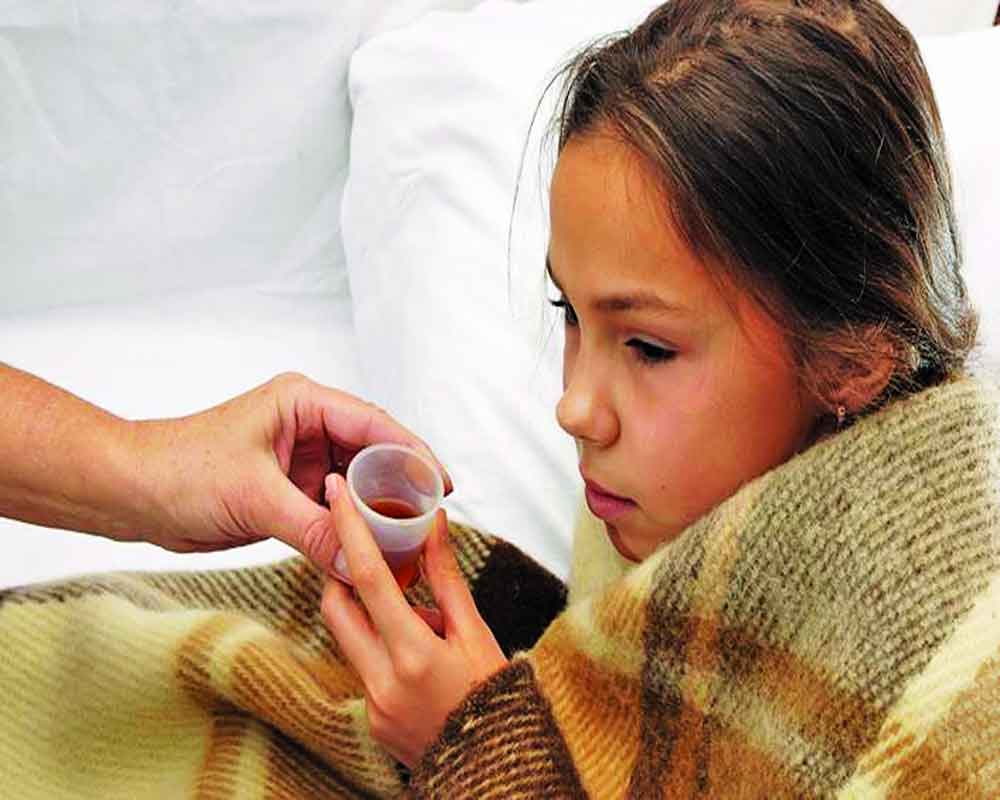It is wrong to continue to see children as miniature adults
Effectiveness of a drug lies not just in the quality, formulation, and efficacy of the APIs but also in the commitment of the patients to take it as instructed. Across the globe, the problem of patient noncompliance with medication continues to slow down recovery rate, leading to treatment failure, and even death in some cases. The overall financial burden on the health system is another major consequence of noncompliance.
In the pediatric population, poor pharmacotherapy literacy of parents can cause unnecessary complications or not getting treated at all. It is always advisable to consult the doctor for children's medications.
Drug formulation is a highly complex process that poses a lot of challenges. However, the process is 10 times more complex and challenging when producing drugs for children. This is as a result of physical, physiological, and psychological considerations that must be met in order to support the growth and development of the affected child. It is wrong to continue to see children as miniature adults who can simply take one tablet if an adult is expected to take two.
The paediatric population is made up of several subgroups, including preterm and term newborns (0 to 27 days), infants and toddlers (28 days to 23 months), kids (2 to 11 years), and teenagers (12 to 18 years). Each of these subgroups has its own peculiarities, characteristics and preferences. Metabolism evolves and changes rapidly as a child moves from infancy through teenage.
While forgetfulness is the reason cited by 60 per cent of adults in a recent study for medical noncompliance, the situation is different among children who have a distinctly different preference for flavours, texture, and formulations. Hence, pharmaceutical companies must recognise the clear distinctions in the biological and biochemical properties of adults and children.
Size is a crucial factor in considering oral forms. Smaller tablets, caplets and capsules are more appealing to children. Naturally, it is easier for them to swallow, and this will also reduce the possibility of choke hazards. In a similar vein, scoring a drug to encourage splitting can be considered, but caution must be applied to avoid dosage inaccuracies. Another factor that requires critical attention is the form of the medication itself. Chewables, dispersible tablets, granules, powders, sprinkles, and pellets are forms that may appeal more to children than solid tablets.
Additionally, orodispersible tablets (ODTs), composed of superdisintegrants, are helpful. The superdisintegrants help them to dissolve the tablets within a minute in the mouth in the presence of saliva without any difficulty of swallowing. It offers several advantages with respect to its stability, administration without water, accurate dosing, easy manufacturing, small packaging size, and handling. Its ease of administration in the paediatric population makes it a very popular dosage form. In recent years, manufacturers have also begun introducing preservative-free eye drops that do not contain harsh preservatives like benzalkonium chloride (BKC). The goal with these preservative-free eye drops is to maintain an antimicrobial environment in a multidose container while minimising toxicity.
The overall goal of paediatric medicine is to ensure that the medications formulated and produced for children—across all segments—are tailored to suit their unique biological and biochemical features, as well as their preferences. It is about making sure that paediatric medicine truly becomes child-centric in a manner that doesn't compromise the efficacy and safety of the drug—in whatever form—and also makes it easy for them to comply with therapy.
(The author is Managing Director, Akums Drugs & Pharmaceuticals)


























